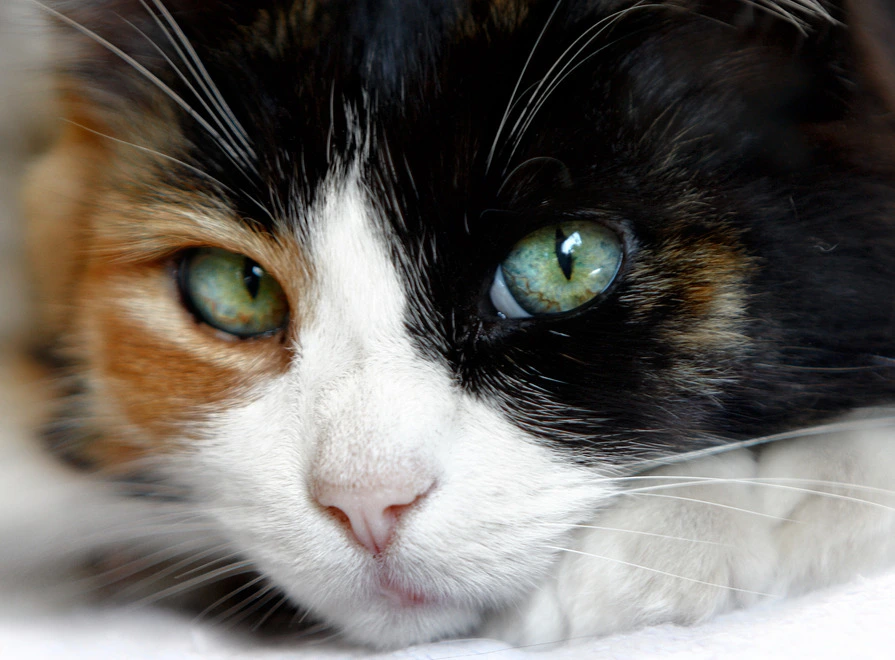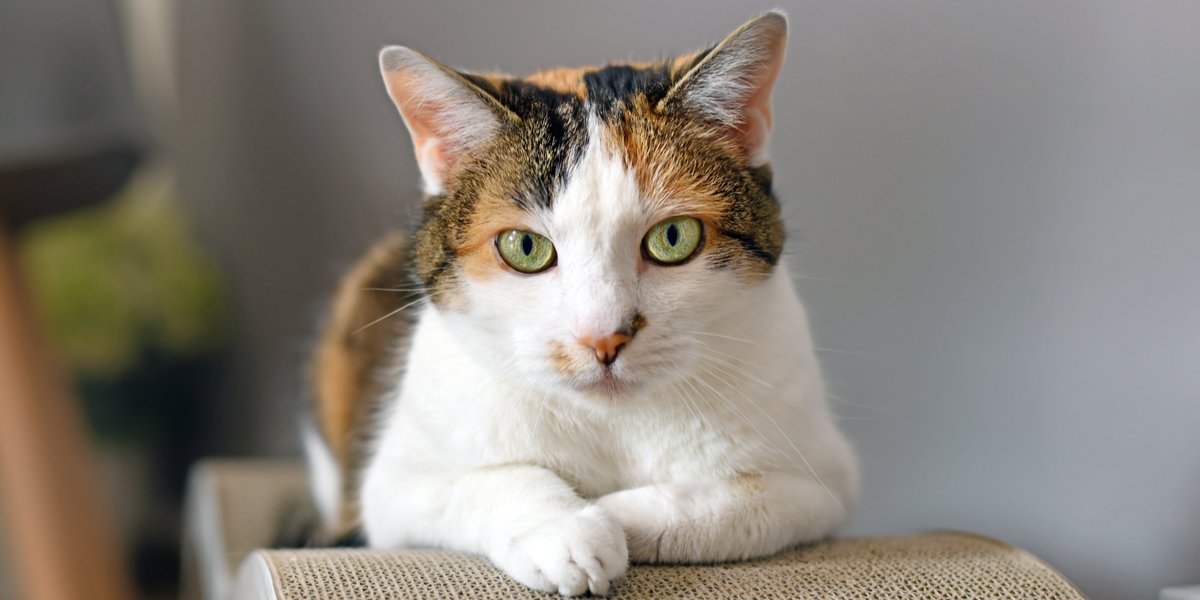Calico cats are among the most visually striking and beloved felines. With their distinctive tri-color coats, they captivate cat enthusiasts worldwide. Unlike many other cats, calico cats aren’t a breed of their own but a unique color pattern that occurs in several different cat breeds. Their coats typically feature a beautiful mix of white, black, and orange, creating a patchwork that is as unique as a fingerprint. But what makes calico cats so special? Beyond their vibrant appearance, calico cats hold fascinating genetic secrets, cultural symbolism, and distinct personality traits. In this article, we’ll explore everything you need to know about these enchanting felines.
What is a Calico Cat?
A calico cat is defined by its tri-colored coat. This pattern usually consists of white as the dominant color, with patches of black and orange, although variations such as gray, cream, or brown may appear in some cats. It’s important to understand that the term “calico” refers solely to the color pattern, not a specific breed of cat. Many different breeds can have calico coloring, including the American Shorthair, Maine Coon, Persian, and Japanese Bobtail.
Each calico cat is entirely unique due to the random distribution of their colors. Some may have large, bold patches of orange and black, while others have smaller, subtler specks of color. This variation makes every calico a one-of-a-kind companion, beloved for their distinct appearance.
The Genetics Behind Calico Coloring
The fascinating coat of a calico cat is the result of genetic factors. Coat color in cats is linked to the X chromosome, and calico cats almost always turn out to be female due to this connection. Female cats have two X chromosomes (XX), allowing for two different colors—black and orange—to be expressed, in addition to white, which is controlled by another gene. Male cats, having only one X chromosome (XY), typically can’t display both black and orange, which explains why male calico cats are so rare.
The Rarity of Male Calico Cats
When a male calico cat does appear, it is usually due to a genetic condition called Klinefelter syndrome (XXY), where the male has an extra X chromosome. This chromosomal configuration allows the male to exhibit the tri-color pattern, but these cats are often sterile and may have health issues related to this genetic anomaly. Statistically, only 1 in every 3,000 calico cats is male, adding to their mystique and rarity.

Calico Cats in Culture and Symbolism
Calico cats are celebrated in cultures around the world and are often associated with good fortune and prosperity. In Japan, the “Maneki Neko,” or beckoning cat, is a talisman believed to bring luck and wealth to its owner, and these statues are frequently modeled after calico cats. The reason for this is tied to the Japanese belief in the good fortune calico cats bring due to their rarity and unique appearance.
In the United States, calico cats are sometimes referred to as “money cats” because of a similar belief that they bring financial luck. Sailors in the past would often keep calico cats aboard their ships, believing they would protect them from storms and shipwrecks. Even today, many calico owners feel a special connection to their tri-colored companions, attributing to them a kind of spiritual or symbolic significance.
Calico Cats’ Personality: A Unique Attitude
While a cat’s personality isn’t dictated by its color, many calico cat owners believe that these felines have distinct personality traits. Calico cats are often described as being spunky, independent, and sometimes even a little sassy. Some owners claim that calicos have a “strong-willed” attitude, which has led to the phrase “calico attitude” being used to describe these determined and sometimes feisty felines.
However, calico cats are also known for being affectionate and playful. They are typically friendly with their families, displaying loyalty and a strong bond with their owners. Like most cats, their individual personalities will vary depending on factors such as their upbringing, environment, and breed, but many people who have lived with a calico say that these cats leave a lasting impression due to their spirited nature.

How to Care for a Calico Cat
Caring for a calico cat is no different from caring for any other breed, although their independent nature may require patience and understanding. Like all cats, calicos need a balanced diet, regular exercise, and plenty of affection to stay healthy and happy. Regular grooming is essential, especially for long-haired calicos like Persians, to prevent tangles and matting in their fur.
Tips for Calico Care
Providing plenty of toys and mental stimulation is also important for these playful cats. Calico cats enjoy exploring their surroundings and benefit from interactive play sessions with their owners. Additionally, regular visits to the vet are key to keeping your calico in good health.
Conclusion
Calico cats are more than just pretty felines; they’re a genetic wonder with a deep cultural significance and unique personality traits. From their fascinating coat patterns to their spirited nature, calico cats bring joy, beauty, and a bit of mystery into the homes of those who care for them. Whether you own a female calico or, in the rare case, a male, these captivating cats are sure to leave a lasting impression.
Learn more about the fascinating genetics behind calico cats.